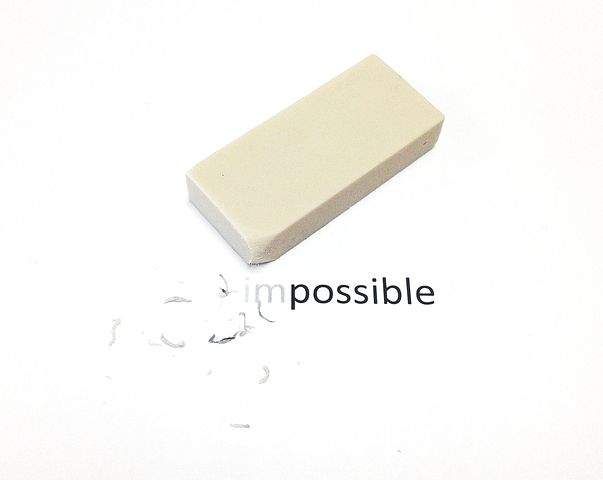In the Crazy Requests ESL activity, students practise making and responding to (and reporting) strange requests with their classmates.
Setup
Give the students a couple of examples of crazy requests. A fun way to do this is to take the students off-guard and ask individuals out of the blue! For example, Would you like to go dancing at the supermarket tonight? Can you lick my pen for me? Do you want to give me your shoe?
Activity
- Each student writes down two or three of their own funny requests. Each request should be written on a separate small piece of scrap paper.
- They can then use the Snowball Fight technique to swap papers (screwing them into a ball and throwing them around the room). Or if you prefer, you could put all the papers in a hat/bag/box and ask the students to draw new ones at random.
- Encourage the students to check and correct any errors in the requests, asking you if necessary.
- When everyone has two or three new papers, the students mingle and ask each other the questions they have. The respondents can practise previously learned replies (e.g. I’d love to! , Sorry but I…, I wish I could but I’m… etc.).
- If you want to practise reported questions, the students will need to note down some responses to their questions and/or the questions they are asked. After the students have finished speaking, you can them give them a few minutes to prepare their reported speech.
- If they note down other people’s answers, they can then report their own questions; e.g. I asked Fatima if she wanted to give me her shoe, but she didn’t. Or if they note down other people’s questions, they can report those; e.g. Fatima asked me if I could lick her pen for her, but I said I couldn’t.
Target Language
The Crazy Requests ESL activity is a great way to liven up teaching modal verbs for requests. Lower intermediate students will definitely benefit from repeatedly practising the structure and a set of useful responses. And with more advanced students, you can encourage them to improvise more complex responses, and make up equally silly excuses.
If you choose to incorporate reporting the questions after, this is an excellent way to practise reported speech with yes/no questions.
Got a picture or video of this activity in action? How about snapping one next time you use it? We'd love to showcase your submissions- find out more here.

